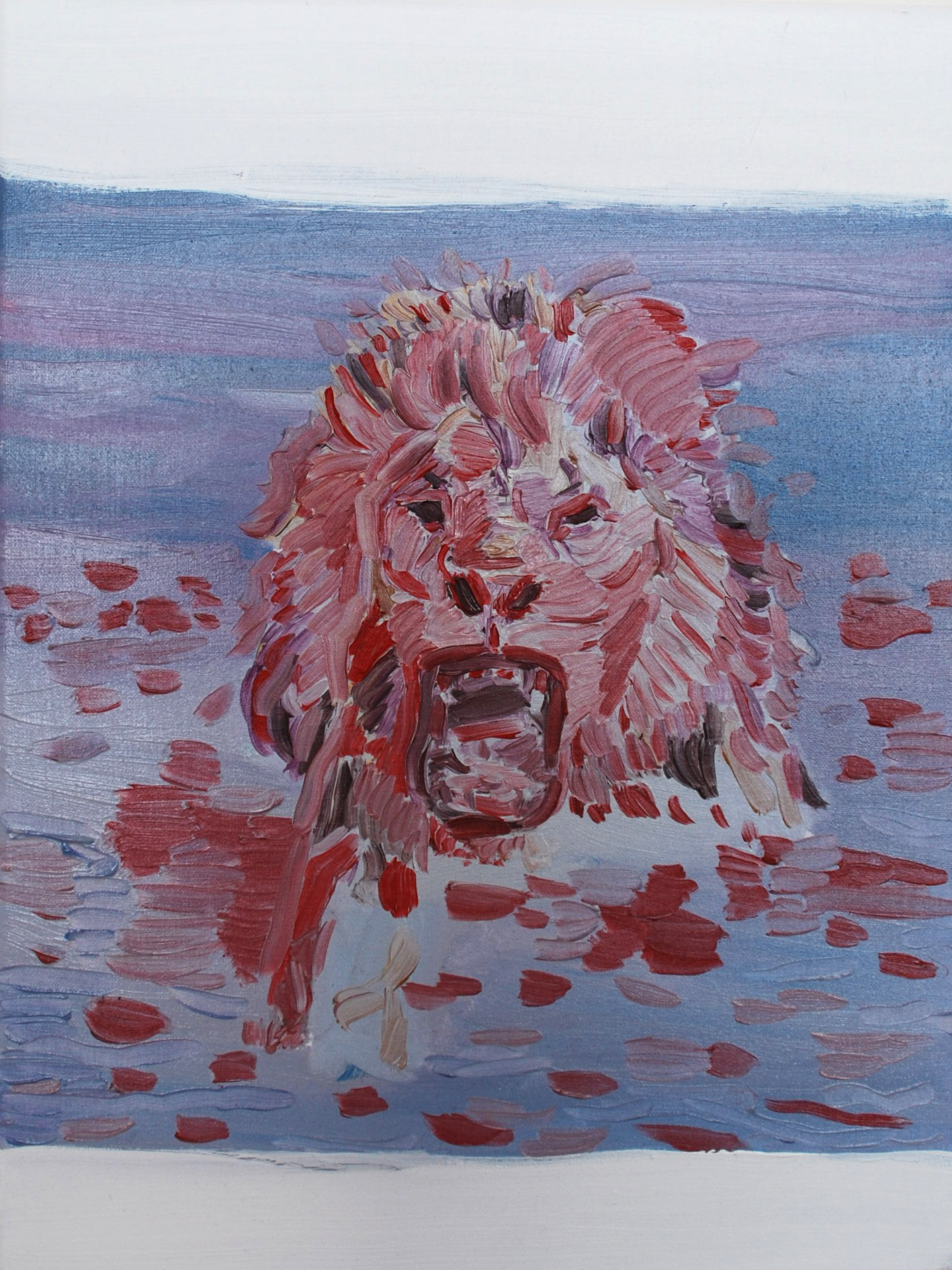Read Willem Elias' vision statement on Filoxenia here
“In the text where we, after a long period of doubt, found the inspiration to come up with a title for the Colin Waeghe exhibition in Destelheide, ‘Filoxenia’ was freely translated into ‘Welcome’. Now, there are too many pubs in Flanders with that name – especially pigeon fancier’s clubhouses – to keep that translation. The word is also on too many signs in an area where it is used as a cliché without any meaning other than just to be polite. A strange but correct definition of ‘polite’: saying something without depth.
The title – and that is why it took so long to find it – should, in one word, not only synthesise the characteristics of 10 years of Colin’s painting but also be a beacon for Destelheide’s gate with the message of what exactly this exhibition will do there. ‘Welcome’ is said to everyone, even to those one prefers to say ‘Goodbye’ to.
‘Filoxenia’ offers a lot more. Ancient Greek is one of the richest languages we know. The ‘filos’ is the same ‘philos’ as in ‘philosophy’. Before Plato turned it into a rather neutral ‘love of knowing’, Pythagoras had used it for the first time with a strong ethical slant. According to him, ‘philos’ meant being a friend, it meant having a mutual bond to live better together. Let’s keep that here.
Then there’s ‘xenia’, from ‘xenos’, meaning ‘stranger’. The most common combination with this word is ‘xenophobia’ meaning the fear of strangers, the opposite of ‘filoxenia’. Here again, the philosophers help us. Derrida points out to us that in The Sophist, a dialogue from Plato, Socrates realises, during his conversation with a stranger, that he himself is actually a stranger. Everyone is different from the other.
This is exactly why we have to keep the stranger as a friend, because he is the other in ourselves.
And that’s the central thread we find in Colin Waeghe’s work. He looks at the world and reacts to it in a unique way. As an artist, he has an eye for seeing things differently but just seeing does not get the paint onto the canvas. He also has the practical ability to convert the surrounding environments into his own forms. And his forms make us think, about others and ourselves. Welcome!”
(Willem Elias, curator)



